Last updated on July 29th, 2022
Grand Canyon in Arizona, United States is a steep-sided canyon carved by the Colorado River. It is one of the most visited places in the U.S. Full of geological landscape that dates back to millions of years and natural beauty, this place has something for everyone. With these 50 facts about Grand Canyon, let us explore its history, geography, tourist potential, railways, animal and plant species, trails and much more.
1. The Grand Canyon Is Considered One of the Seven Natural Wonders of the World
Although it is not the longest or the steepest canyon on earth, the Grand Canyon is considered one of the seven natural wonders because of its overall size and scale combined with its beautifully colored landscape.
2. UNESCO World Heritage Site
Grand Canyon was designated a national park in 1919 by the U.S. Congress and a UNESCO World Heritage Site in 1979. Only three U.S. national parks are UNESCO World Heritage sites: Grand Canyon, Yosemite, and Yellowstone.
3. The Grand Canyon is among the World’s Greatest Geological Spectacles
The horizontal strata exposed in the Grand Canyon retrace geological history over 2 billion years ago. They represent the four major geological eras.
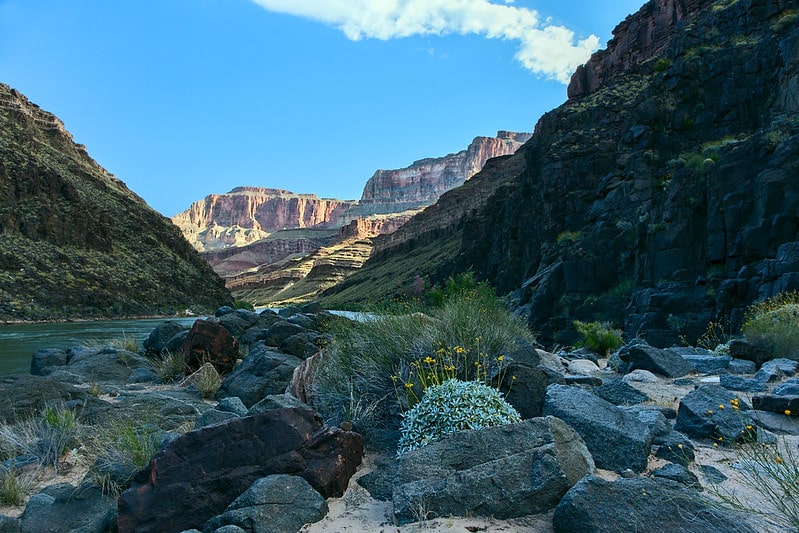
4. The Grand Canyon Is Considered One of The Earth’s Most Visually Powerful Landscapes
The Grand Canyon provides visitors with a variety of experiences and lookouts. Its colorful and intricate landscape offers tourists spectacular vistas that are unmatched throughout the world.
5. The Grand Canyon Is Cherished for Its Labyrinthine Topography, temple-like Buttes & Its Plunging Depths
Scenic wonders within the park’s boundaries include America’s great whitewater rivers, waterfalls, lava flows, cinder cones, forests, streams, deserts, plains, and high plateaus.
6. Only 3.3% Of the Canyon’s Terrain Has Been Surveyed by Archeologists
Archaeologists continue searching for more evidence of earlier life. Carbon dating shows that some artifacts found in the park date from far back as 2900 BC.
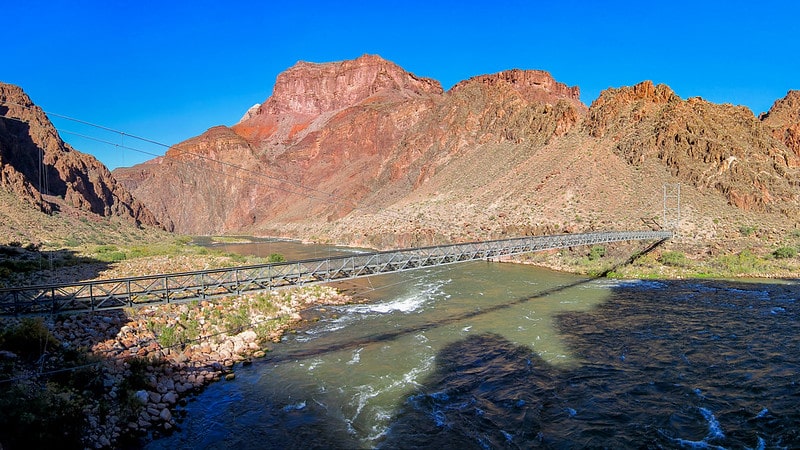
The Silver Bridge, is located a short distance downstream from the Black Bridge. The Silver Bridge was built in the late 1960s connecting the Bright Angel Trail from the South Rim to Phantom Ranch and the North Rim. The span is approximately 524 feet between suspension towers. Only human foot traffic may cross this suspension bridge. Facts about Grand canyon. Image credit – Grand Canyon National Park
7. The Grand Canyon is Multicolored
The colors of the Grand Canyon constantly change throughout the day and seasons. The winter season has the most beautiful scenes because of the snow.
8. The Vivid Colors of the Grand Canyon Are Caused By Trace Amounts of Different Minerals
Most rock layers contain iron, which imparts subtle hues of green, yellow, and red to the canyon walls. Climate also plays a role in the appearance of the canyon.
Grand Canyon National Park on the map
9. The Grand Canyon Was Formed by The Erosional Forces of The Colorado River
Erosional forces include snowmelt, running water from rain, and tributary streams that enter the Grand Canyon throughout its length.
10. The Grand Canyon Continues to Evolve & Grow
As long as snow and rain continue to fall in Northern Arizona, the Grand Canyon will continue being shaped by the forces of erosion.
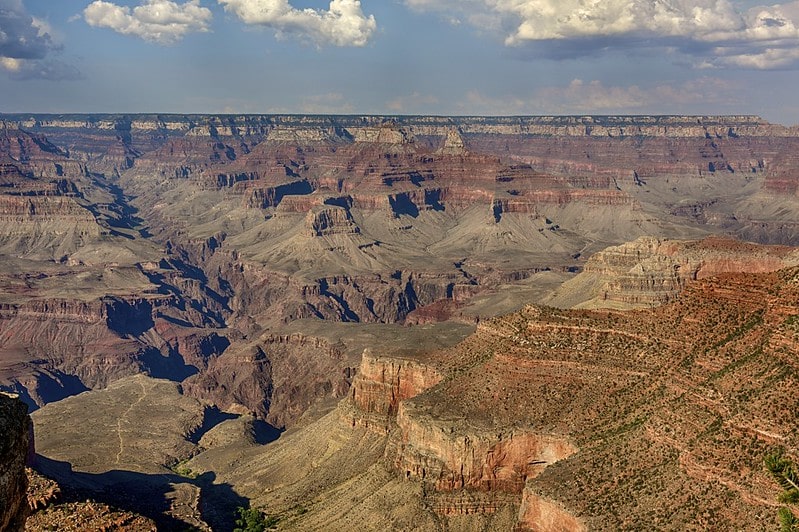
11. The Climate at The Grand Canyon is Semi-Arid
Without the semi-arid climate, there would be no Grand Canyon. The canyon’s bottom receives less than 20 cm of rainfall every year while the South Rim receives only 38 cm of precipitation annually.
12. Unusual Weather Occurrences at the Grand Canyon
Each year, an average of 25,000 lightning strikes are recorded at the park. The most unusual weather occurrence is an inversion. This occurs when thick clouds fill the gorge below the rim.
13. The Grand Canyon Occupies a Large Portion of the Southwestern United States
The Grand Canyon is an immense canal that is dissected by the Colorado River. It stretches up to 18 miles wide, over 270 miles long, and with a maximum depth of 6,093 feet.
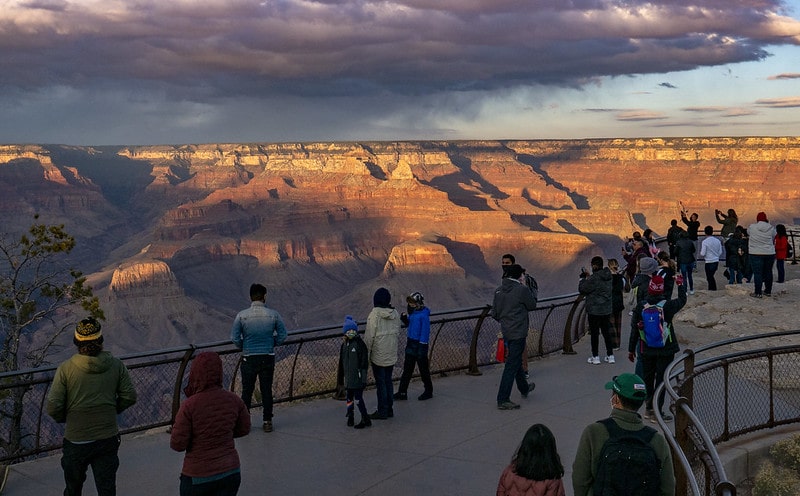
14. The Grand Canyon Is the Most Visited Tourist Destination in the United States
An average of 5.9 million people visits the Grand Canyon each year. Tourists walk the trail, row the river, photograph the scenery, explore by helicopter, climb the cliffs, and revel in the splendor of the Canyon.
15. The Grand Canyon Is One Of The Best Whitewater Rafting Destinations in the World
With an astonishing 226 miles of big holes and big waves, the Grand Canyon is the big daddy of whitewater rafting. It combines the adventures of whitewater rafting with spectacular canyon views.
16. The Best Times to Explore the Canyon
Winter scenes are some of the most spectacular scenes. However, roads to the North Rim are closed during the winter months. Therefore, summer months provide greater access to a wide variety of opportunities.
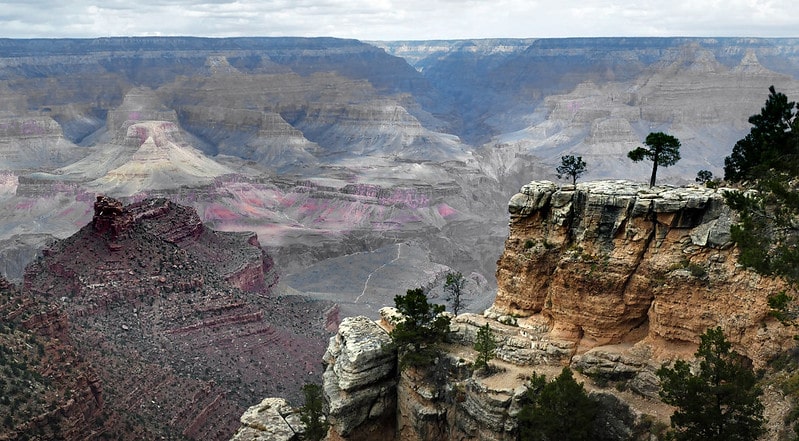
17. Colter’s Desert View Watchtower- A Historical Site Worth Visiting
The Desert View Watchtower was designed by architectural pioneer Mary Elizabeth Jane Coulter. This remarkable stonework has a concealed steel frame around it.
18. The Shoshone Point- Best Point for Sunset
The views are amazing. It is easy to find a spot that gives almost 360-degree views. Shoshone point is also great for weddings.
19. The Kolb Studio Is a Good Place to Learn about the Early Years of the Canyon’s Exploration
You will find a lot of information about the Kolb Brothers, who ran a thriving photography business on the South Rim in the early 1900s. You will also find historical photos.
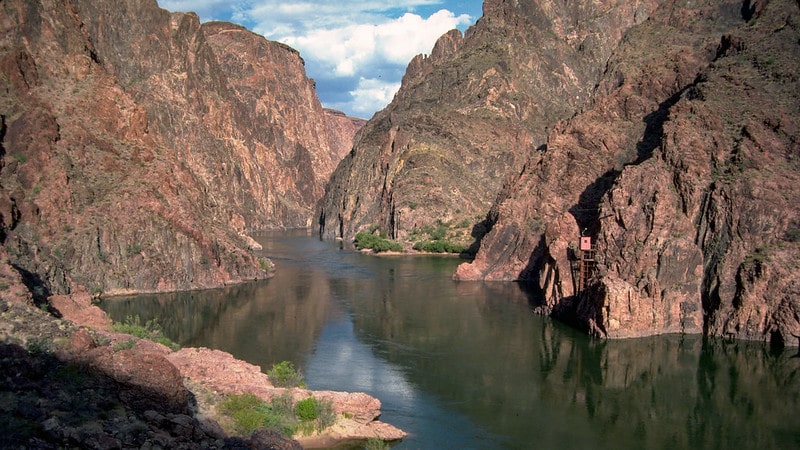
20. The Tusayan Museum Offers a Glimpse Into a Once-Flourishing Indian Village
Displays show arrowheads, pottery, and common household items. A self-guided trail leads to an 800-year-old Tusayan Ruin.
21. Each Year, an Average of 250 People Are Rescued Inside the Park
According to park rangers, the biggest mistake most visitors make is carrying insufficient water. Hikers also underestimate the effort required to get back to the rim and wear improper footwear such as high heels and flip-flops.
22. Have Lunch at El Tovar Hotel- The Most Famous Hotel in the Park
The food is good and some tables have Grand Canyon views. This hotel was built in 1904 for $250,000. This is around $7 million in today’s dollars. In 1987, The El-Tovar Hotel was listed on the National Register of Historic Places.
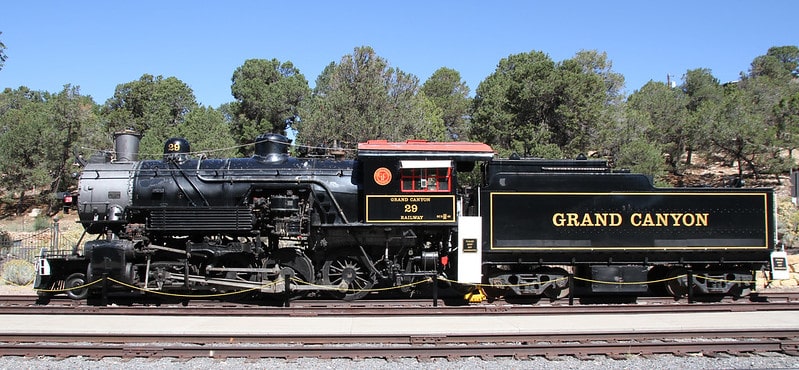
23. The Grand Canyon Railway: A Trip Back in Time
Riding the rails from Williams to the South Rim will offer an unforgettable experience. All trains have been lovingly restored to their former glory.
24. Public Wi-Fi
On the South Rim, public Wi-Fi is available at Yavapai Lodge and the Canyon Village Market Deli. On the North Rim, it is available at the entrance of the campground.
25. The Business District of the South Rim: Market Plaza
Conveniently located, Market Plaza offers groceries, souvenirs, and outdoor gear among other supplies. It has a post office and a bank.
26. Over 75 Animal Species & 1,700 Plant Species Inhabit the Grand Canyon
The Grand Canyon has 18 fish species, 58 reptile species, 447 bird species, and 91 mammal species. The pink rattlesnake is only found within this park.

27. The Most Dangerous Animal of the Grand Canyon
The rock squirrel is the most dangerous animal in the park. Each year, dozens of people are bitten while attempting to feed or take selfies with this animal. The rock squirrel is not as adorable as it appears.
28. There Are Over 1000 Caves within the Grand Canyon
Only 335 caves have been recorded with even fewer mapped. Today, the public can only visit one cave; The Cave of the Domes.
29. No One Knows How Old is The Grand Canyon?
According to some studies, the Grand Canyon started as a series of smaller canyons 70 million years ago. More recently, since the past 6 million years ago, the Colorado River also contributed to its formation.
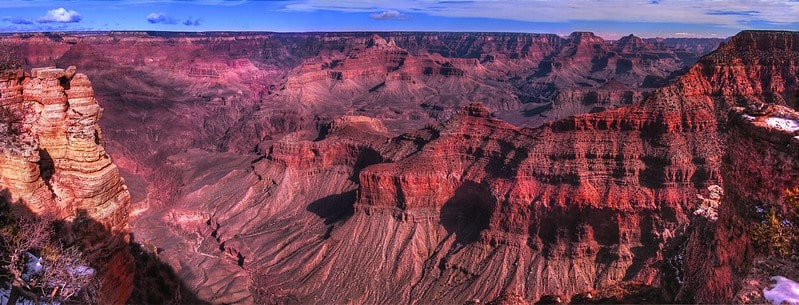
30. Coldest and Hottest Stations in The Grand Canyon
The coldest, wettest weather station in the region is the Bright Angel Ranger Station on the North Rim, while the hottest (and one of the driest) is just 8 miles away at Phantom Ranch.
31. Do You Think it is The Deepest Canyon in the World? No, Certainly Not!
The deepest canyon in the world is the Yarlung Tsangpo Grand Canyon in Tibet. The Tibetan canyon is also about 30 miles longer and more than 2 miles deeper than the Grand Canyon.
32. The Most Remote Community in The Lower 48 States
The Grand Canyon has the most remote community in the lower 48 states and they use mule to deliver mail in the region.
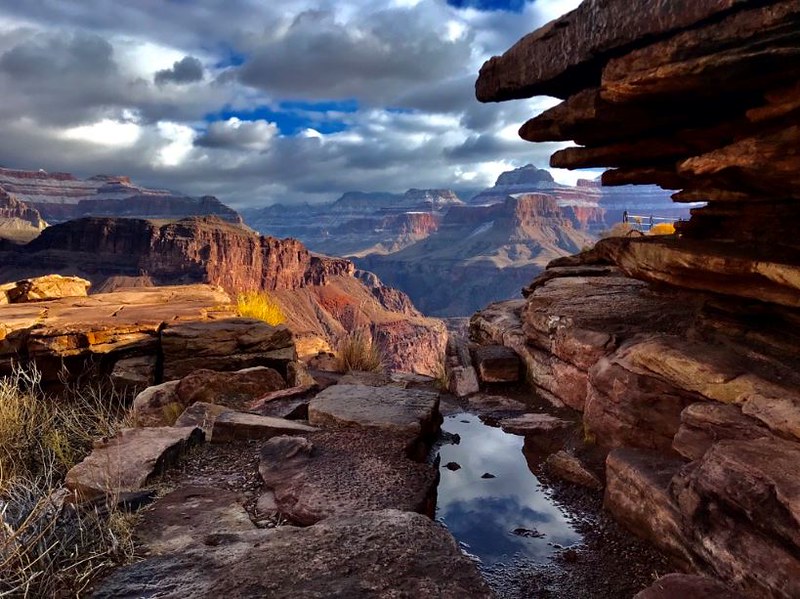
33. The First Europeans in the Region
Spanish explorers were the first Europeans to reach the Grand Canyon in 1540s.
34. Inhabited for More Than 12,000 Years and Counting
Archaeological evidence suggests that people have used and lived in the Grand Canyon continuously for nearly 12,000 years.
35. A Spectacular View of The Dark Sky
In summer 2019 the park was officially designated as an International Dark Sky Park by the International Dark-Sky Association.
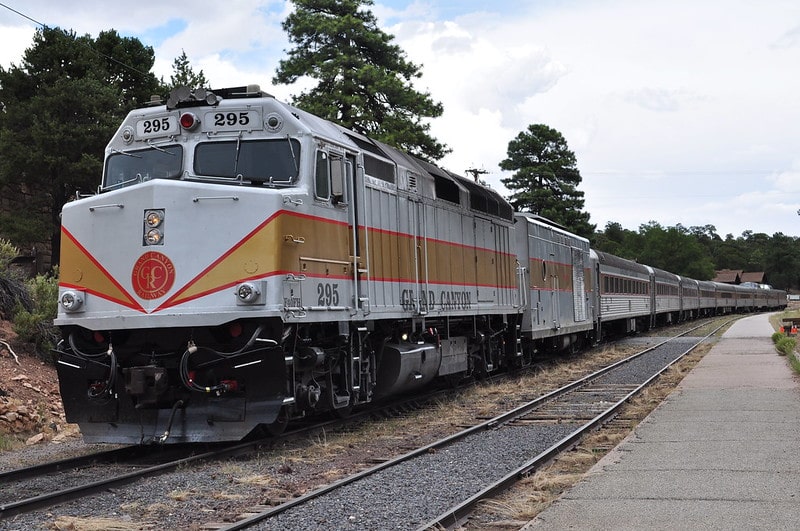
36. First Rail Service To Grand Canyon
On September 17, 1901, Grand Canyon Railway made its first journey to the Grand Canyon. Unfortunately, the rail service to Grand Canyon was stopped in 1968 due to decline in ridership because of the rise in popularity of automobile travel. After a few years it was decided by Grand Canyon Railway that the service would soon once more become functional and the necessary paperwork was underway. Interestingly, a corporation that aimed to restore the service line made a failed attempt to restore the line and had begun tearing the rails for salvage materials. However, at the eleventh hour, entrepreneurs Max and Thelma Biegert, reopened the rail service to Grand Canyon for passengers on 17th September 1989 — after exactly 88 years of its first day of opening to the public.
37. 37,745 Visitors and Counting!
Did you know that in 1919, 37,745 people visited Grand Canyon. It is also interesting to note that less than 50% of the visitors to Grand Canyon are from the United States.
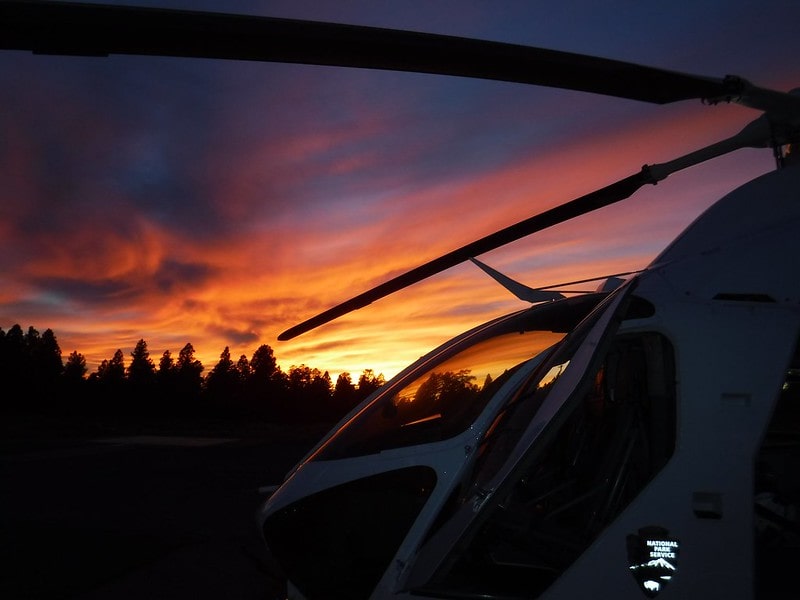
38. Helicopter Alley
There is a region (bottom of the West Rim) in Grand Canyon which can be suitably called as Helicopter Alley. This is where many helicopters arrive with visitors and they have made it a noisy and crowded place. With a helicopter one can fly across the Grand Canyon’s vast expanse and down to its depths as well.
39. Site of a Fatal Air Crash
Unfortunately, Grand Canyon is also associated with a sad incident in the history of aviation. It is the site of the first commercial airline crash that resulted in more than 100 deaths. It was on June 30, 1956, when a United Airlines Douglas DC-7 struck a Trans World Airlines Lockheed L-1049 Super Constellation. The reason being the planes flying in an uncontrolled airspace where pilots were responsible for maintaining adequate separation. All 128 people onboard both the planes perished. And the accident paved the way for aviation reforms.
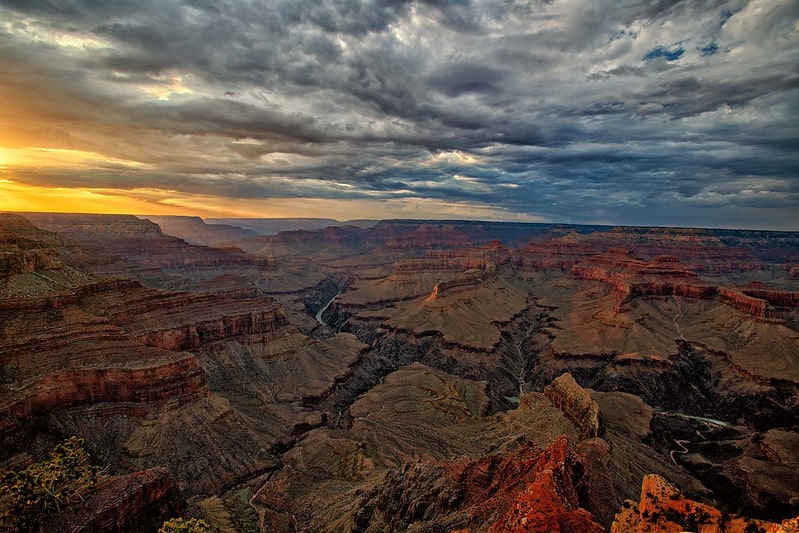
40. Eleven Indigenous Tribes are Traditionally Associated With the Grand Canyon
They include Navajo, Hopi, Havasupai, and Hualapai. These tribes have inhabited the area for thousands of years and the Grand Canyon carries great spiritual significance in their lives.
41. The Grand Canyon Got Its Current Name in 1871
The name, Grand Canyon, is attributed to John Wesley Powell. He was the first man of European descent to travel the length of the Colorado River through the canyon in 1871.
42. Mining Prospects in the Grand Canyon
In the late 19th century, the earliest American-European settlers were drawn to the Grand Canyon because of mining prospects. However, they found that precious minerals were scarce and tourism was a more lucrative venture.
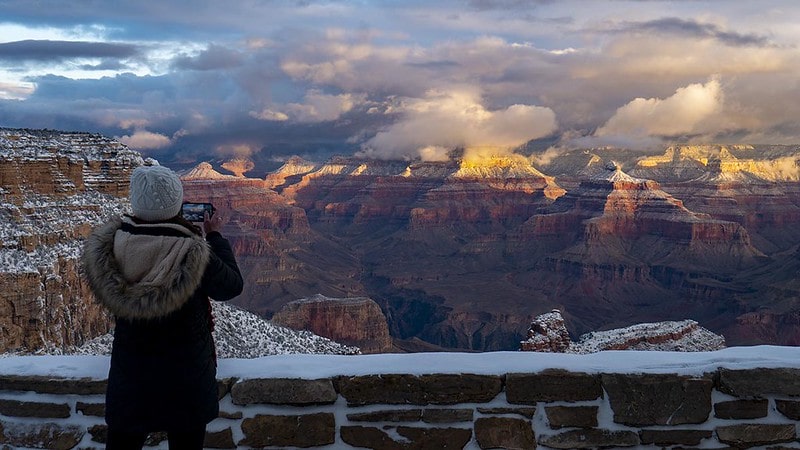
43. Sitting US Presidents Who Have Visited the Grand Canyon
They include Barrack Obama, Bill Clinton, George H.W. Bush, Ronald Reagan, and Theodore Roosevelt. Richard Nixon and Dwight D. Eisenhower visited the park, but they were not president at the time.
44. President Benjamin Harrison Sought The Protection of the Grand Canyon
In 1893, President Benjamin Harrison issued an executive order for the creation of Grand Canyon Forest Reserve; this placed limits on logging.
. . . continue reading on the next page
